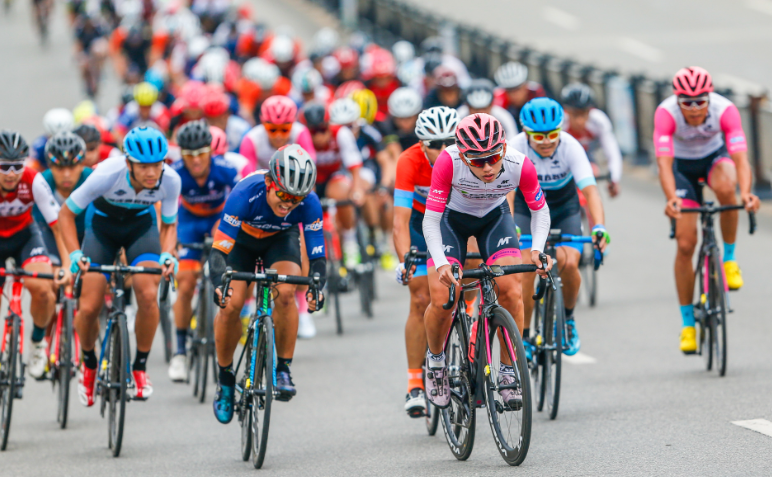Cycling is not just about leisurely rides through scenic routes. At the heart of every cyclist’s pursuit lies a crucial metric—cycling average speed. Whether you’re gearing up for a competitive race or simply want to cut down your commute time, boosting your cycling average speed can significantly enhance your cycling experience. In this article, we’ll explore some tried-and-true tips to help you pedal faster and cover more ground.Improving your cycling average speed to over 30 km/hour is very easy. You need to follow the six suggestions below.
(1) Pump up tires
Many road bike novices rarely take the initiative to pump up their tires. Only if the bike breaks down does the rider take the bike to the bike store to repair it and pump it up. It is very wrong. Too low tire pressure will increase the risk of puncture and the rolling resistance of the tire and the ground. The lower the tires’ pressure, the larger the tire deformation. So, if you don’t want to have a flat tire every time you go out and want to improve your cycling average speed, please pump up your road bike tires at least once a week. Before doing that, please check your bike’s best tire pressure standard.
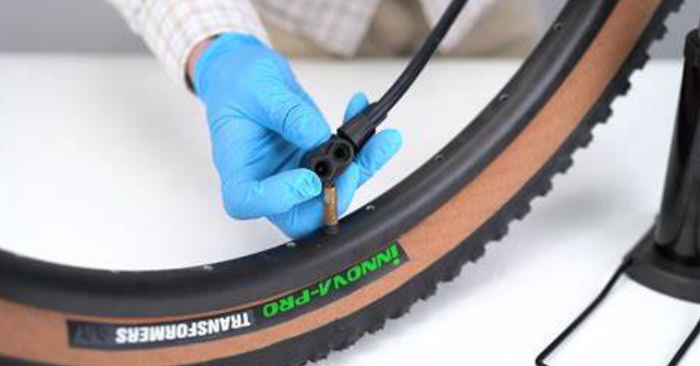
(2) Lubricate the transmission system
lubricating the bicycle chain is ignored by many beginners. The bicycle transmission system is the source of power when the bike moves forward. The better the lubrication of the transmission system is, the higher the transmission efficiency will be. Imagine that the transmission efficiency with a muddy bicycle chain must be much worse than that with a new chain. Transmission system oil that is too thick or lacks lubrication will greatly reduce the transmission efficiency of the bike and will significantly affect the output power.
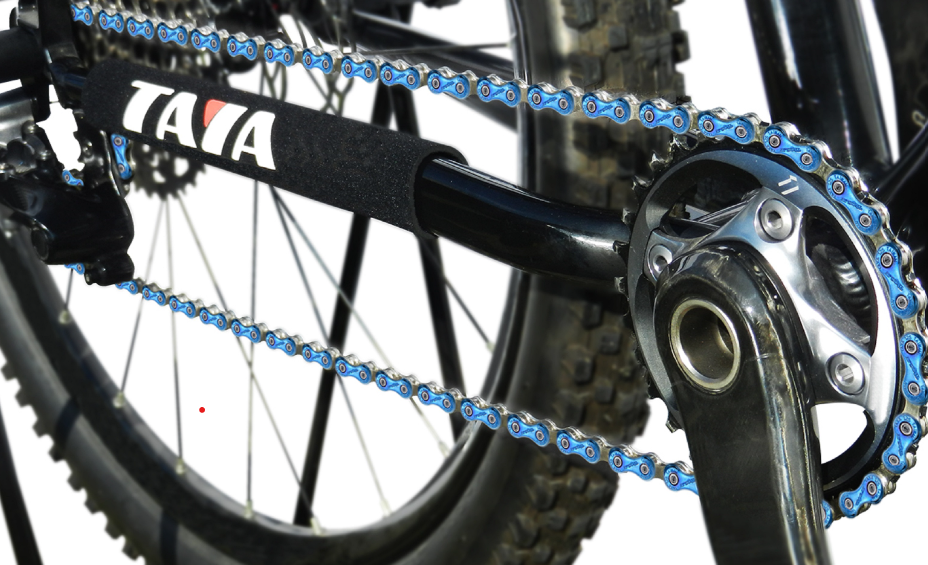
(3) Lower-prone posture to improve cycling average speed
When you ride at no more than 25 kilometers per hour, you may probably not feel the air resistance. When your cycling average speed exceeds 25 kilometers per hour, air resistance will be the biggest enemy you will face. The lower you get down, the greater the benefits you will get from the posture. A low cycling position can maximize your power output and increase your cycling average speed. Data from wind tunnel tests show that every 10cm you lower your upper body saves you about 8 watts of power output. That’s the real reason why the pros like to get down on their arms on the handlebars when breaking the wind or leading the ride. If you want to break through the air, then you will have to make yourself sharper. Getting down will make you faster and sharper.
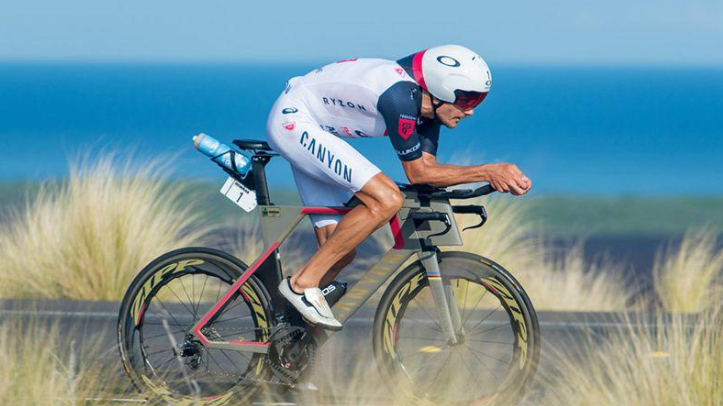
(4) Use derailleur to increase the cadence
You may often see some novices using a very low cadence when riding. This cycling habit is the most inefficient and the most knee-damaging. It hurts the knee because every pedal will produce a lot of pressure on the knee. A slow and hard pedal will soon cause a lot of lactic acid accumulation in your thigh muscles. Maybe in a few minutes, your legs will feel weak, and you can’t stick to it anymore. Therefore, it is important to learn to use derailleur to maintain a high and stable cadence. Even if you’re not trying to ride faster, at least you can protect your knees.
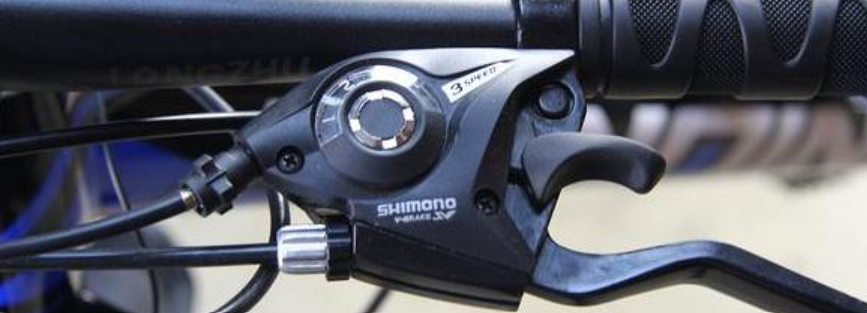
(5) Throw away all the unnecessary debris on the bike
Many novices like to put some seemingly useful but completely useless accessories on the bike, such as kickstands. If you don’t have kickstands, you can always find a reliable place to park your bike. Instead, with the kickstands installed, your parking will become very casual, and your bike may be blown down by the wind. And the mobile phone stand and other accessories. You need to race just like a professional rider. If you are interested, please follow the SUMLON. We are a bicycle parts manufacturer and one-stop wholesaler operating for over 15 years. We’ll post an article on what accessories do you need to take with you.
(6) Keep your training frequency to improve cycling average speed
It is recommended that beginners make a cycling training plan. At this stage, you don’t need to do any special training except to enjoy riding. Start with 2-3 short rides per week for 30 minutes to 1 hour. This helps to build up basic cycling habits and physical fitness. The distance of each ride was gradually increased over time. You can increase your distance by 10-20% each week until you reach your target mileage. To avoid over training and injury, make sure your body has enough time to rest.
Schedule 1-2 days of rest or easy riding weekly. This aids physical recovery and reduces fatigue.After long – rides become easy, add challenges. Increase average speed, climb ramps or join organized rides. Focus not only on mileage and speed but also on technical exercises, such as shifting gears, curve driving, starting and stopping. These techniques are essential to improving the cycling efficiency and comfort level. Assess your training program and progress regularly and adjust as needed. If you feel tired, injured, or have other problems, adjust your training plan to avoid further damage.
By the way, SUMLON has been manufacturing bicycle parts for over 15 years. Contact us if you are looking for a bike parts factory or a one-stop wholesaler. Peace


